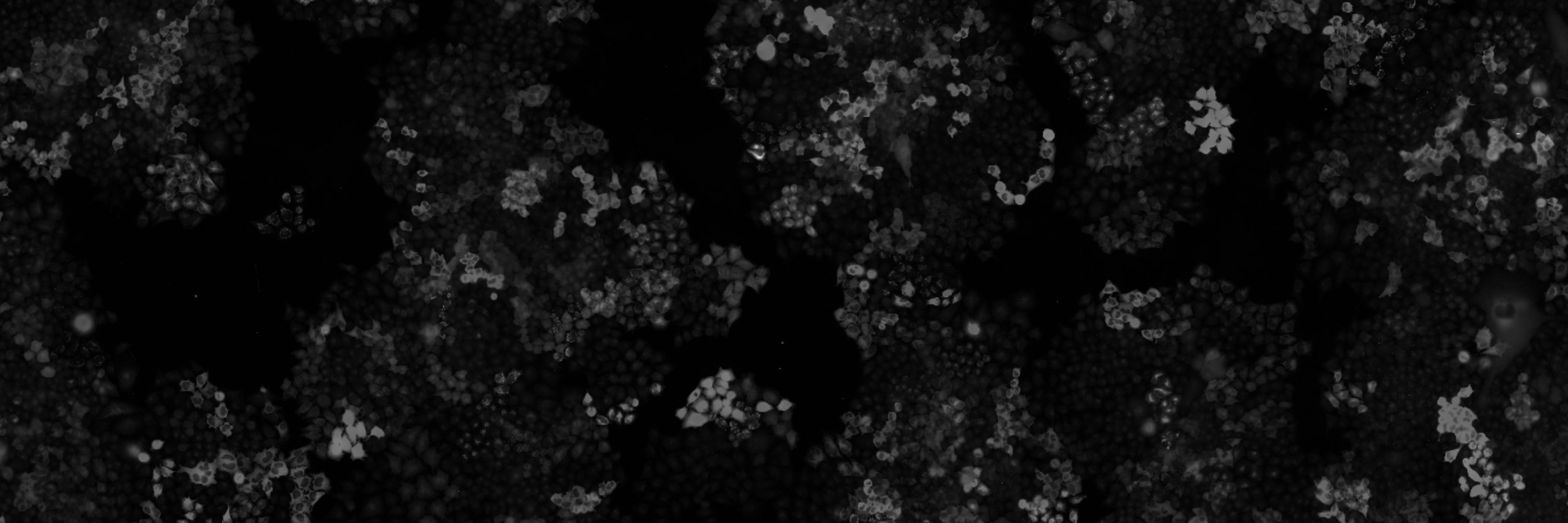
Group Leader @EMBL-EBI (www.ewaldlab.org)
Please reach out with any questions!
Please reach out with any questions!

- EMBL salaries are "after tax", so the stated salary is roughly equivalent to $70k USD
- Employees qualify for a quick & inexpensive visa exemption that allows them and their spouse/children to work in the UK (my visa was processed in 2 days and cost me $50USD)
- EMBL salaries are "after tax", so the stated salary is roughly equivalent to $70k USD
- Employees qualify for a quick & inexpensive visa exemption that allows them and their spouse/children to work in the UK (my visa was processed in 2 days and cost me $50USD)
In our new preprint, we use Cell Painting and cytotoxicity assays to profile >1000 compounds in primary human hepatocytes, including pharmaceuticals, pesticides, and industrial chemicals.
In our new preprint, we use Cell Painting and cytotoxicity assays to profile >1000 compounds in primary human hepatocytes, including pharmaceuticals, pesticides, and industrial chemicals.

